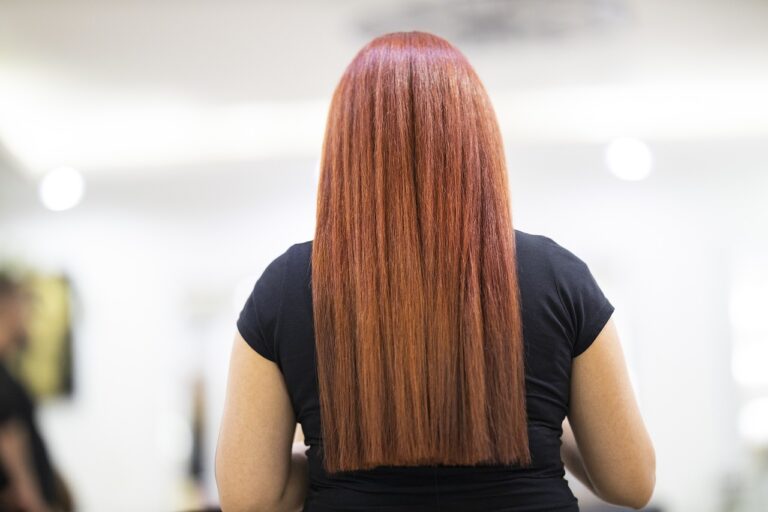Fashion and Sustainable Fashion Advocacy: Campaigns for Ethical and Environmental Fashion
When it comes to promoting ethical practices in the fashion industry, there is a growing awareness of the need for transparency and accountability. Many campaigns have been launched by various organizations and individuals to advocate for fair labor practices, animal welfare, and sustainable sourcing. These initiatives aim to educate consumers about the social and environmental impact of their purchasing decisions, encouraging them to support brands that prioritize ethical values.
Through the power of social media and advocacy groups, these campaigns have been successful in bringing attention to issues such as exploitation of garment workers, pollution caused by fast fashion, and the use of harmful chemicals in production processes. By engaging with both consumers and industry stakeholders, these initiatives are creating a shift towards a more sustainable and ethical fashion industry.
One of the key focuses of these campaigns is to raise awareness about fair labor practices in the fashion industry
Advocacy groups work towards promoting animal welfare by encouraging brands to use cruelty-free materials
Sustainable sourcing campaigns aim to highlight the importance of using eco-friendly materials and reducing waste in production processes
Social media platforms play a crucial role in spreading information and mobilizing support for ethical fashion initiatives.
Innovative Initiatives for Environmental Sustainability in Fashion
Sustainable fashion has been gaining momentum in recent years, with many brands seeking to reduce their environmental impact. One innovative initiative that has been making waves is the use of recycled and upcycled materials in clothing production. By repurposing old fabrics or materials that would otherwise end up in landfills, fashion brands are not only reducing waste but also creating unique and eco-friendly pieces for consumers to enjoy.
Another exciting initiative in the realm of environmental sustainability in fashion is the focus on sustainable sourcing and production practices. More and more brands are opting to work with suppliers who follow ethical and eco-friendly guidelines, ensuring that their products are made in a way that minimizes harm to the environment. From organic cotton farming to water-efficient dyeing processes, these initiatives are helping to reshape the fashion industry into a more sustainable and responsible one.
Collaborations between Fashion Brands and Environmental Organizations
In recent years, a growing number of fashion brands and environmental organizations have joined forces to address sustainability challenges within the industry. These collaborations play a critical role in fostering positive change by leveraging the expertise and resources of both parties. By working together, fashion brands can gain valuable insights and guidance on adopting more environmentally friendly practices, while environmental organizations can benefit from increased visibility and support for their initiatives.
One key aspect of these collaborations is the implementation of joint projects and campaigns that aim to raise awareness about pressing environmental issues in the fashion industry. This strategic partnership allows for the amplification of important messages and the promotion of sustainable practices to a wider audience. Through innovative marketing strategies and co-created content, these collaborations have the power to inspire meaningful action and drive positive change towards a more sustainable future for the fashion industry.
Why is it important for fashion brands to collaborate with environmental organizations?
Collaborations between fashion brands and environmental organizations are crucial in promoting sustainable and ethical practices in the fashion industry. These partnerships help raise awareness about environmental issues and encourage brands to adopt more environmentally-friendly practices.
What are some examples of successful collaborations between fashion brands and environmental organizations?
Some successful collaborations include partnerships between sustainable fashion brands like Patagonia and environmental organizations like 1% for the Planet, as well as initiatives like the Red Carpet Green Dress campaign, which promotes eco-friendly fashion choices at major events.
How can consumers support these collaborations and promote environmental sustainability in the fashion industry?
Consumers can support these collaborations by choosing to purchase clothing from brands that prioritize sustainability and ethical practices. They can also advocate for greater transparency and accountability in the fashion industry, and support campaigns and initiatives that promote environmental sustainability.
What are some challenges that fashion brands and environmental organizations face when collaborating?
Some challenges include balancing the priorities and goals of both parties, as well as navigating complex supply chains and production processes. Additionally, securing funding and resources for joint initiatives can be a barrier to successful collaborations.
How can fashion brands and environmental organizations measure the impact of their collaborations?
Fashion brands and environmental organizations can measure the impact of their collaborations by tracking key performance indicators such as reduced carbon emissions, decreased water usage, and improved working conditions in supply chains. They can also conduct consumer surveys and gather feedback to gauge the effectiveness of their initiatives.







